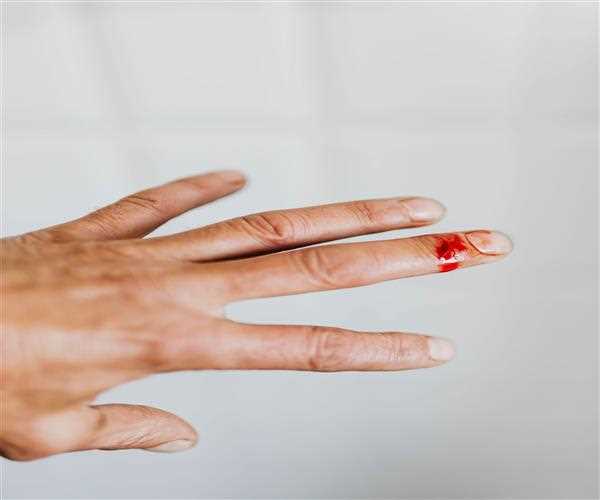Search here

01-Apr-2022
How do blood clots Dissolve?
When you have an injury, your blood turns into a bunch of gel (clot) to stop the bleeding. The hose can repair itself after a leak.
It is an advanced process in which platelets, a type of blood cell, and a variety of proteins intervene at the right time to close a wound.
Your body uses a different process to heal the wound. If a lump forms in a non-clotted area - for example, in a blood vessel - you may need some help.
How does the body remove clots?
When your body recognizes that you have recovered, it activates a protein called plasmin. The special thing is that the plasmin is inside the clot. It is always on, but off. Just sitting there waiting.
An activator is a chemical that your body releases to turn it on. It wakes up the plasmin and instructs them to start taking things apart. It mostly destroys the mesh-like structure which helps in the effect of freezing.
How to remove lumps with medicine?
Depending on the type of clot you have, your doctor may prescribe one of the following medications:
Blood thinners are drugs that thin the blood. These drugs often referred to as anticoagulants, are some of the most commonly used drugs for deep vein thrombosis (DVT). This is usually caused by a blood clot in a large vein in your leg. ****** After pulmonary embolism, blood thinners are also taken to help prevent blood clots (when the blood clot travels to the artery in your lungs).
Blood thinners do not remove clots, but they can prevent them from growing and forming new ones. This gives your body enough time to thaw the clot.
Blood thinners work in several ways:
- DOC stops your body from producing fibrin, which forms a clotting trap.
- Heparin prevents thrombin, one of the most important clotting proteins in your body, from doing its job.
- Warfarin (coumadin) inhibits your liver's ability to produce the protein needed to clot.
- Thrombolytics.
- These anticoagulants are used to treat life-threatening diseases, including pulmonary embolism. Instead of thinning the blood, they break the clot. They work by activating plasmin, which initiates your body's natural cleansing process.
How long does it take to get back on your feet?
This is not something you will immediately understand. DVT or pulmonary embolism can take weeks or months to resolve. Surface frostbite, even a minor problem, can take weeks to resolve.
If you have DVT or pulmonary embolism, you will generally feel better when the clotting subsides. Discomfort and edema associated with DVT usually improve after a few days of treatment.
Symptoms of pulmonary embolisms, such as shortness of breath, mild discomfort, or pressure in the chest, can last up to 6 weeks. You may still feel them when you are active or when you take a big breath. This is something that exercise can help with.
Blood clots are a dangerous condition.
Long-term effect
A clot can sometimes leave scars and other damage, which can be problematic.
The post-thrombotic syndrome affects about half of those with DVT. In this case, the swelling, discomfort, or change in skin color lasts for a long time. Ulcers are sores that form on the skin.
Chronic lung damage, also known as pulmonary hypertension, affects 4 out of every 100 people with pulmonary embolism. This indicates that you have high blood pressure in your lungs, which can cause shortness of breath, fatigue, and tightness in the chest.

Student
An inquisitive individual with a great interest in the subjectivity of human experiences, behavior, and the complexity of the human mind. Enthusiased to learn, volunteer, and participate. Always driven by the motive to make a difference in the sphere of mental health - and normalize seeking help through a sensitive and empathetic approach
Join Our Newsletter
Subscribe to our newsletter to receive emails about new views posts, releases and updates.
Copyright 2010 - 2025 MindStick Software Pvt. Ltd. All Rights Reserved Privacy Policy | Terms & Conditions | Cookie Policy